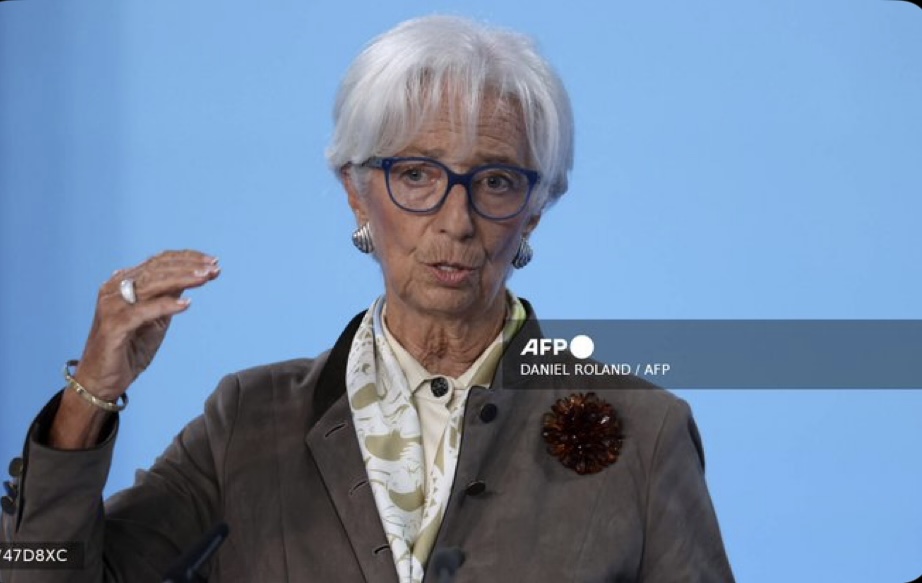Eurozone Economy Rallies Stronger-Than-Expected in Third Quarter of 2025

The eurozone economy expanded more than expected in the third quarter of 2025, offering a rare sign of resilience across the 20-nation bloc amid slowing global trade and lingering inflation pressures. According to preliminary data released by Eurostat, gross domestic product rose by 0.2 percent between July and September, surpassing analysts’ forecasts of 0.1 percent and marking a mild but notable improvement in Europe’s economic outlook
The stronger-than-anticipated performance was driven largely by France and Spain, whose solid domestic demand and export growth helped offset stagnation in Germany and Italy, the region’s two largest industrial economies. France’s economy grew by about 0.5 percent in the quarter, buoyed by consumer spending and public investment, while Spain maintained steady momentum with growth of 0.6 percent. In contrast, Germany’s economy remained flat, weighed down by weak factory output and soft demand from key trading partners, while Italy also posted little to no growth, reflecting continued structural challenges. Economic analysts said the modest expansion underscores both the uneven nature of the recovery and the bloc’s gradual progress after several quarters of near-zero growth. The services sector continued to show relative strength, supported by travel, hospitality, and financial services, while manufacturing remained subdued. October business surveys indicated improving confidence among firms, with the eurozone’s purchasing managers’ index rising to its highest level in more than two years, suggesting activity could continue to pick up in the months ahead. The European Central Bank is closely monitoring the data as it weighs its next policy decisions. Inflation across the euro area has eased significantly from its peak, but policymakers remain cautious, balancing the need to sustain growth against the risk of reigniting price pressures. Economists expect the ECB to maintain interest rates at current levels in the near term, interpreting the latest GDP figures as evidence that the economy is stabilising without requiring immediate stimulus. Despite the positive surprise, growth remains fragile. Economists warn that weak investment, high borrowing costs, and persistent global uncertainty could restrain the pace of expansion in coming quarters. Germany’s ongoing industrial slowdown and limited productivity gains across several member states continue to pose challenges to long-term growth prospects. Financial markets reacted calmly to the figures, with the euro strengthening slightly against the dollar following the release. Investors viewed the data as a sign that the region may avoid a renewed downturn, though few expect a rapid acceleration in output before the end of the year. Overall, the third-quarter growth report suggests that while the eurozone economy is not yet in full recovery mode, it has demonstrated enough resilience to outperform expectations. The latest data provide cautious optimism that Europe’s economic foundation is gradually firming after a prolonged period of stagnation, even as policymakers and businesses remain wary of potential headwinds ahead.









